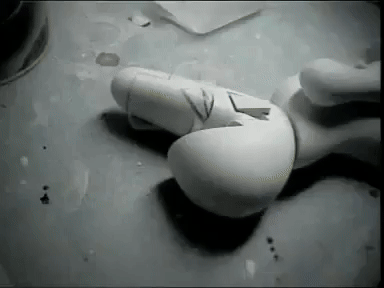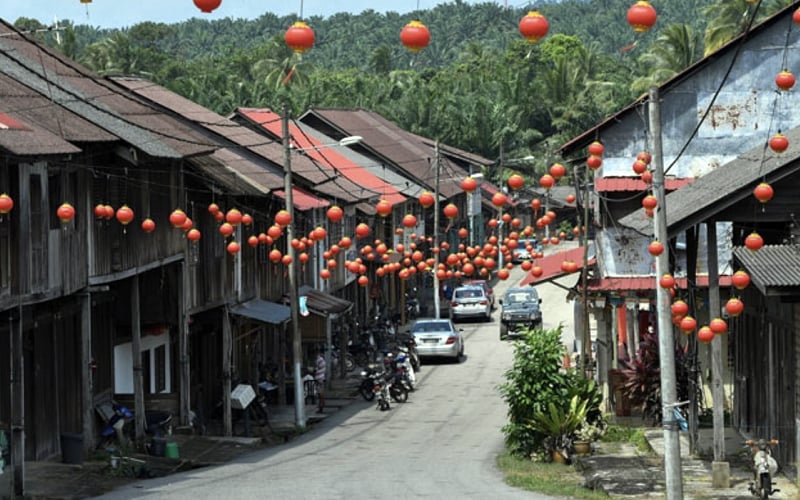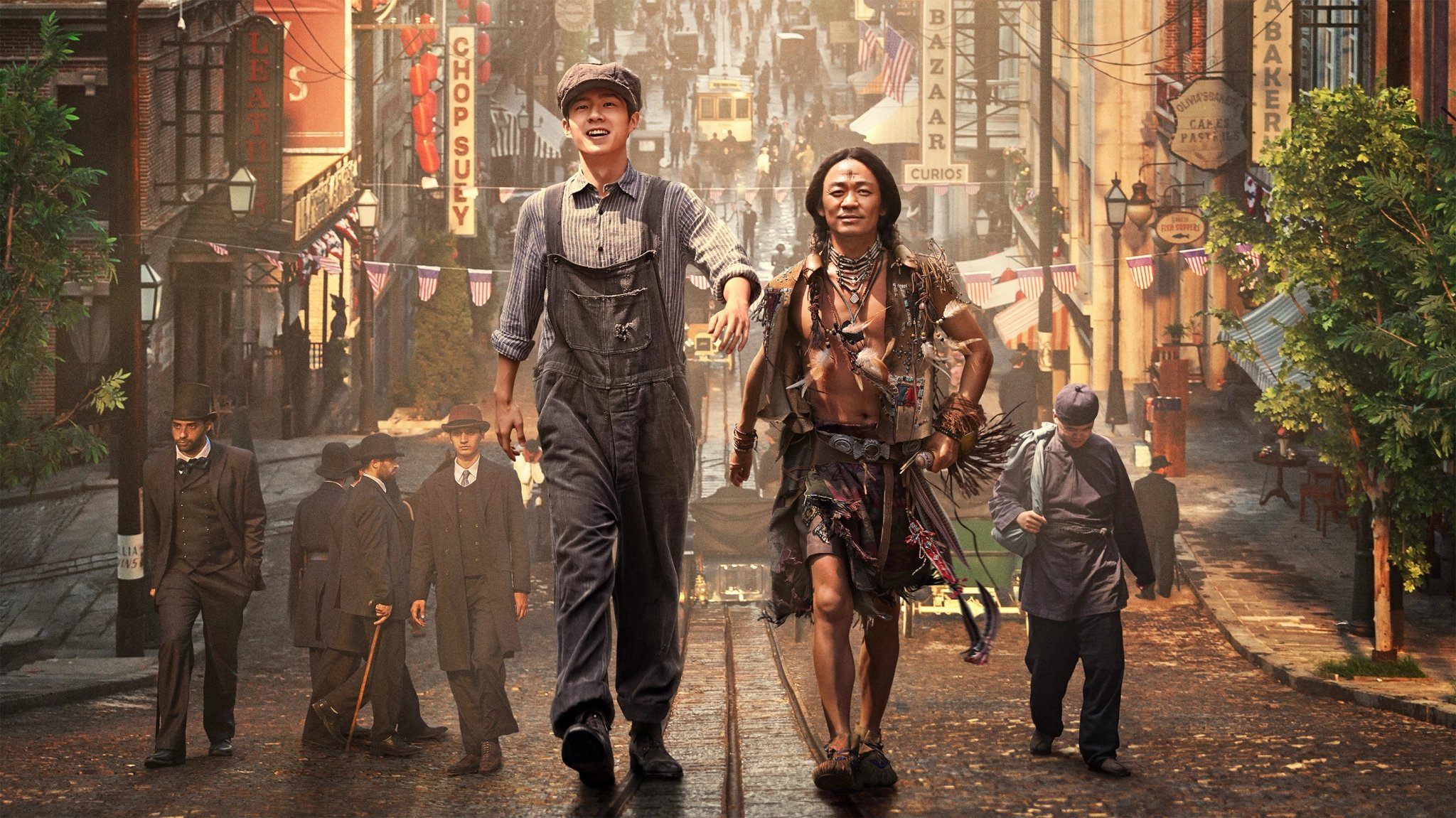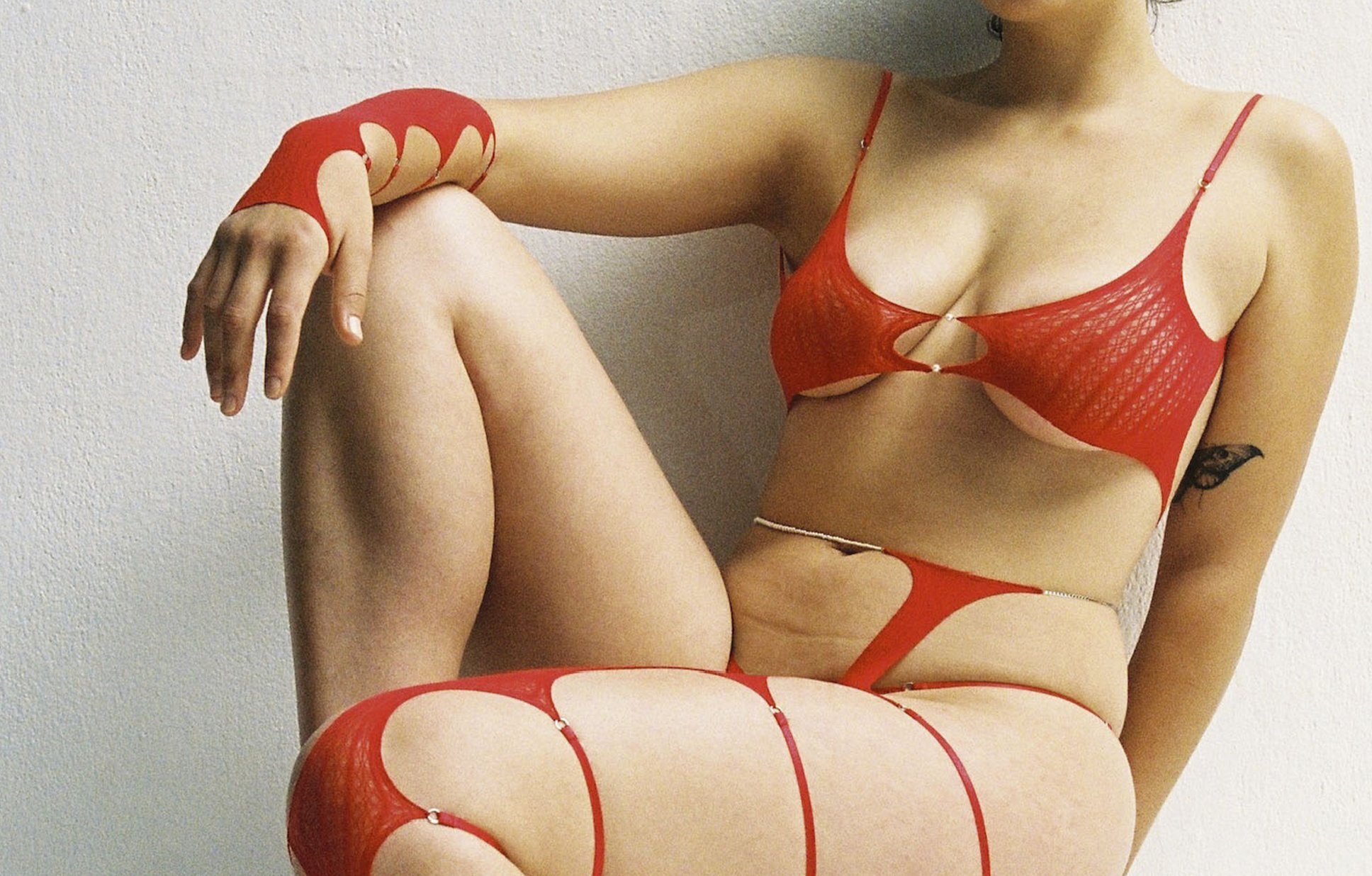New Music is a monthly RADII column that looks at fresh Chinese music spanning hip hop to folk to modern experimental, and everything in between. This month, we introduce you to new music by Salty Tomorrow, Yangfan, The Hormones, and more!
It’s been a whirlwind summer for China’s music scene, to say the least. Axed tours, abrupt lockdowns of all stripes, and venues are scrambling to survive amidst Covid-19 chaos and oftentimes arbitrary restrictions. On the ground, one gets the sense that the industry is in free fall, finding its footing one moment only to have the rug pulled out from under it the next.
But if there’s one area that autumn is proving to be fruitful, it’s in the rich spread of top-shelf music releases that have graced our ears over the past month.
From hot-bloodied indie rock’s newest torchbearers to the return of some of the Chinese music scene’s most revered characters, there’s plenty to dig into in October.
1. Frankfurt Helmet (法兰克福头盔) — INDIVIDUALS (星丛)
IDM electro architects Frankfurt Helmet, consisting of Wuhan transplants Hu Juan (former AV Okubo drummer) and Da Fei (of short-lived electro-rock band CodNew), have been making a name for themselves with their deconstructed glitch-filled, ambient-laced electronic music that builds its sci-fi evoking world piece by piece. Their debut LP was produced by well-known German electronic musician, producer, and co-founder of the legendary label Raster, Olaf Bender, aka Byetone.
Listening to Frankfurt Helmet’s sonically dense tracks, which are sometimes stirring, sometimes kinetic, and always engaging, is akin to losing oneself in a mammoth installation piece — one that looks simple or minimalistic on the outside but contains a multitude of layers and crevices within its framework.
2. Yangfan — Trip Jigsaw (小曲儿辑)
Renowned producer and musician Yangfan’s musical fingerprints are all over the fabric of the Chinese underground music scene with seminal acts like Hang on the Box and Ourself Beside Me (not to mention her work behind the scenes for Maybe Mars). Her latest solo, Trip Jigsaw, is a curation of her work over the past decade — a richly eclectic and royally crafted collection that captures the composer’s dexterous idiosyncrasies.
Utilizing a studio’s worth of equipment — guitar, piano, recorder, synths, and drum machines (as well as the help of industry friends) — and a sense of imaginative thrust and offbeat whimsy, it’s a Grimm fairy tale brought to musical life. Or better yet, a Hayao Miyazaki story crossed with French new wave cinema and psychedelia.
3. Salty Tomorrow (明天的盐) — Salty Tomorrow II (明天的盐 II)
Starker, moodier, and yes, saltier than their breakthrough debut from last year, Hangzhou post-punk outfit Salty Tomorrow is back with their sophomore release, which is aptly titled Salty Tomorrow II.
The band wisely falls back on its dry yet on-edge monotone vocals, evocative lyricism, and direct, repetitive, and foot-tap-inducing instrumentation. Just about every track includes one ear-twisting riff that expands and folds in on itself over each verse, making it a record that welcomes replay. Tight, restrained, yet as potent as ever, Salty Tomorrow is post-punk at its best.
4. ShiShi’s Demon (施施巳敌门) — 千药有醒
A solo project by ShiShi, a member of Kunming’s staple synth electro band South Acid Mimi, ShiShi’s Demon is essentially a streamlined club-made version of the band, a coldwave-inflicted cross between M.I.A, Peaches, and Grimes that works wonders.
Whiplashing between old-school rave music and contemporary club bangers with ease and a woozy electro-pop bent, it depicts hell both in the present and the future, a place where we’re forced to ‘amuse ourselves to death.’
5. Utopian Daymare (乌飞兔走昼还夜) — ‘ÜTO4ZOOMIA 乌兔飞走米亚’
Burly and rustic progressive rock band Utopian Daymare holds back nothing with their eccentric carnivalesque track ‘ÜTO4ZOOMIA乌兔飞走米亚,’ set against the backdrop of a clown making his way through the vast universe.
Led by Inner Mongolian musician Hai Qing and Li Xing (known for his role in Red Scarf), the band throws everything in their arsenal into the new single, from flailing sheng (a Chinese reed instrument) to discordant guitar riffs pitted against free jazz saxophones.
The MV for the track, off their forthcoming release with Badhead Records, is a visually stunning stop-motion animation video that taps the ingenious techniques deployed by Switzerland-based director Gu Tianyu and Lebanese installation/animation artist Mara Ingea.
6. The Hormones (荷尔蒙小姐) — Garden (花园)
Chengdu’s The Hormones return with their sophomore LP, Garden, leaning hard into the electronic elements that have always bubbled under the surface and emerging as an electro-rock band whose cold wave heart can’t hide dance-pop aspirations.
Assembled across home studios and desktop computers (just one of the many ways Covid-19 has upended the recording process), its fluctuating timbre, deep bass, and marching band drums are perfectly complimented by Zhu Mengdie’s voice, which remains as striking as ever.
7. FAC-D12 — Sword on Da Street (街上的宝剑)
Esteemed rapper FAC-D12, who cut his teeth in the underground rap scene as a core member and producer for legendary Beijing hip hop group Purple Soul (alongside Jahjah Way and SouthSideSamurai), has returned with a new album with long-standing hip hop label Undaloop Records.
Old school in the best possible way, it’s a poetic, sword-friendly reminder that the OG rappers of China still have plenty of bite left in them.
8. Aero Boat (空气船) — Aero Boat (空气船)
Aero Boat, featuring Zhan Pan (of The Gar), Li Nan (aka producer LST), and Niu Fangfang (of Hang on the Box), shot for the cosmos on their buoyant, richly layered and atmospheric self-titled debut, released with Modern Sky.
A flickering sonic mash-up of Washed Out, Caribou, Death Cab for Cutie, and cult indie favorites The Gar, the band taps into something sonically lush, using a tapestry of trance, IDM, and big beat to propel its heightened emotions and guitar-wailing arena rock aspirations.
9. Me and My Sandcastle — Ballads
Me and My Sandcastle — led by the young, talented singer-songwriter Xiao Liu out of Shanghai — finds serenity in its post-Demarco world.
While traces of Al Green, The Cardigans, and James Taylor can be found in Me and My Sandcastle’s aesthetics (particularly its pulpy funk-pop, lounge room atmosphere), its lo-fi patchwork colored with cough syrup guitar tones and woozy synths immediately calls to mind acts like Dr. Dog and Mac Demarco.
Reflecting on the deep-seated ‘sadness and boredom’ of life, Ballads coasts on its subdued tempos and its swaying hazy charm.
10. Wu Wei (吴维) — The Man on the Atlantic Coast (大西洋边上的人)
Wu Wei, frontman of Wuhan-based Celtic punk legends SMZB, settles into his life on the Atlantic Coast and his role as a folk hero on his second solo release, The Man on the Atlantic Coast.
While his new life as a father and a stranger in a foreign land has forced the musician to approach his music with more restraint and tenderness, Wu’s words still cut deep as he adopts rustic folk prose that suits him all too well.
Grizzled perhaps, but beneath the lonesome guitar and the echoes of barking dogs and crying babies lies the rallying spirit of a battered punk — and a cry for a better world.
11. Sense Print Shop 涂闻打印店 — Spinning 1999
Kunming’s Sense Print Shop is back with their latest EP, taking the band’s jangly sardonic late ’80s synth-pop sound and turning it inward.
A moodier and more somber affair than the band’s breakout debut from last year, Spinning 1999, their latest release with indie pop label SJ Records, is darkly introspective and candidly indifferent to the world around them, yet searching all the same.
Its dourness may be a turn-off for some, but it’s a subtle affecting new shade for the band — one that should resonate with fans.
12. Casino Demon — City Life Sucks
Beijing mainstays Casino Demon, a fixture of the city’s underground scene for over a decade, find solace and treatment in their brand of woozy sun-baked indie rock on their latest offering, City Life Sucks, out on Ruby Records.
Taking their tongue-in-cheek lyricism and using it as a remedy against the urban decay that surrounds them, the band, led by Wang Yi, seems more than ready to take on and roll through these frustrating times.
Made with sincerity and rock ‘n’ roll zest, it mixes everything from surf guitars to quirky wow pedals and even a couple of full-steam-ahead punk rock piledrivers. Comfort food indie rock at its finest.
13. Diner — Cassini
Beijing-based singer-songwriter Diner is a ‘cross-culture kid’ whose years of globe-trotting and studying music have made her a genre-defying jack-of-all-trades. That much is apparent on the artist’s new EP, Cassini, which finds her swapping her rockier roots for something more ethereal and beat-driven.
Electro rock with a post-punk, new wave aesthetic, Diner, with the help of renowned Berlin-based producer Mark Reeder, captures a slow-burning, sensual, and synth-fully lush sound — one that knows when exactly to lean into cosmic rave beats or its gothic panache.
Cover image designed by Haedi Yue


































